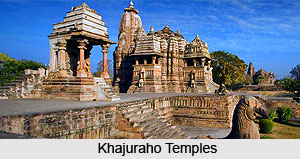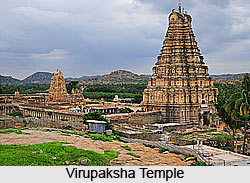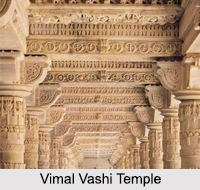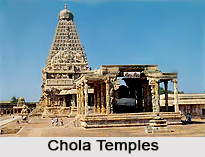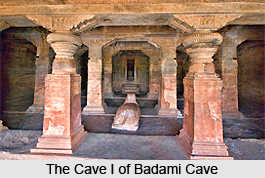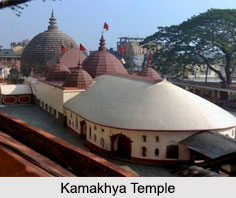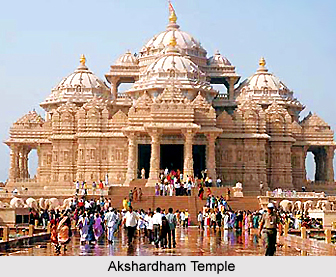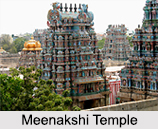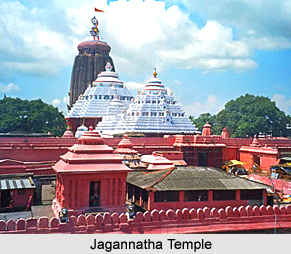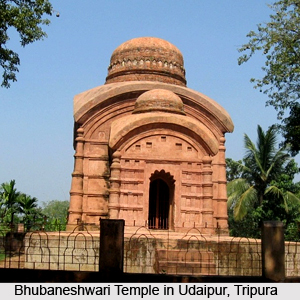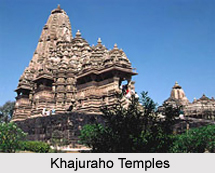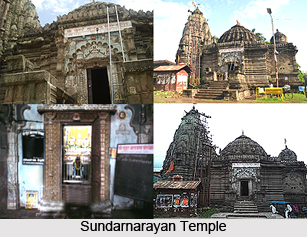 Legend is associated with this particular Sundarnarayan Temple:. Jalandhar, a wicked demon lived with his pious and faithful wife, Vrinda Devi. Jalandhar was mighty crook, and a devotee of Lord Shiva. Pleased with his devotion and impressed with Vrinda Devi`s chastity, Lord Shiva blessed him with his boon of becoming immortal. Jalandhar, with his newfound powers, became vicious and started wrecking havoc on Earth. He not only did trouble man, but also had the audacity to bother the Gods Themselves.In fact, he had picked up a quarrel with Lord Shiva. It had become a dire necessity to eliminate Jalandhar, contrary to the boon given by Lord Shiva.
Legend is associated with this particular Sundarnarayan Temple:. Jalandhar, a wicked demon lived with his pious and faithful wife, Vrinda Devi. Jalandhar was mighty crook, and a devotee of Lord Shiva. Pleased with his devotion and impressed with Vrinda Devi`s chastity, Lord Shiva blessed him with his boon of becoming immortal. Jalandhar, with his newfound powers, became vicious and started wrecking havoc on Earth. He not only did trouble man, but also had the audacity to bother the Gods Themselves.In fact, he had picked up a quarrel with Lord Shiva. It had become a dire necessity to eliminate Jalandhar, contrary to the boon given by Lord Shiva.
The possible remedy left was to test the chastity of Vrinda Devi, and for this task Lord Vishnu disguised Himself as Jalandhar, living with Vrinda Devi. She however, did not have any wind of it. Her chastity was suspected, and the boon was withdrawn bestowed on Jalandhar, and he was destroyed. When Vrinda Devi came to know of this trick, she turned furious, and went on to curse Lord Vishnu. His chiselled body turned black due to this curse. The Lord took a holy bath in the river Godavari and regained his original complexion. Due to his transformation from the cursed self to his own self, the Lord is name as Sundernarayana. `Sundar` in Marathi means beautiful.
The entrance to this Sundarnarayan Temple is to through the East. Though the two mandaps are small, there architecture is well crafted and little ornamental cordons make the round dome. The arched recesses are impressionistic of the Mughal style, because during the Mughal rule, the Muslims demolished many temples and graveyards were built in its place.
The presiding deity is Lord Vishnu, also Narayana. Goddess Lakshmi and Goddess Saraswati are seated to his left and right side respectively. Carvings of stone can be seen in the Sundarnarayana temple. The road leading to the Godavari river has a pond named Badrika Sangam Pond. King Devgiri is believed to have bathed and perform rituals on the pond`s bank. The Holy Book of Dnyaneshwari also mentions the name of the Badrika Sangam pond. Notable piece of information that can be shared is, the temple is built at such an angle, that on 21st March, rays of the rising sun first fall exactly upon the idols.
